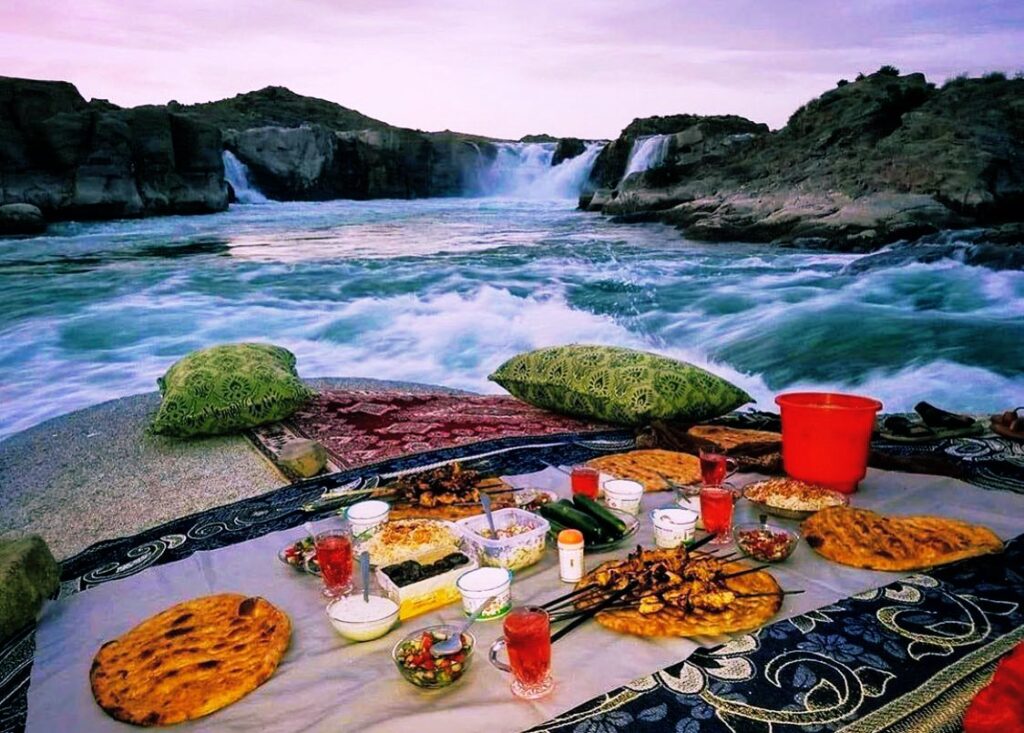
Muslims around the world have oceans and entire continents separating them. When the month of Ramadan comes along, though, they’re connected through collective worship and reflection. This connection is powerful, and enjoying different Ramadan cuisines from around the world can make it even stronger.
Ramadan is a time for reflection, patience, generosity, and overall goodwill. It is also a time to connect with family and friends and to build community over shared meals and prayers. While certain cuisines such as dates, Kabsa (rice and meat dish) , pastries, and juices unite Iftar tables everywhere. There is vivid variation in Iftar spreads around the world. However, every family has its little culinary customs for the holy month. Which makes the experience warmer and more personal each year.
Iftar, if you’re not in the know, is the breaking of the Ramadan fast. It’s the meal eaten after sunset by Muslims who observe this fast. As Muslims populate various corners of the world. As far as, It’s also interesting to see the variations in iftar meals from sweet milk pastries to festive food fairs
Fruit Chaat, Pakistan
Fresh fruits and veggies are a vital part of many iftar menus, as a light and refreshing way to break the fast. Enjoyed in Bangladesh, Pakistan, and India, this tangy fruit salad is a Ramadan tradition for many South Asian families. The specific fruits included vary regionally, and can include anything from bananas and apples to starfruit.
Fruit chaat gets its name from the chaat masala seasoning mixed with the fruit. You’ll find plenty of variations in this recipe. However, chaat masala often contains amchoor (dried mango powder), cumin, black salt, coriander, dried ginger, salt, pepper, and chili powder.
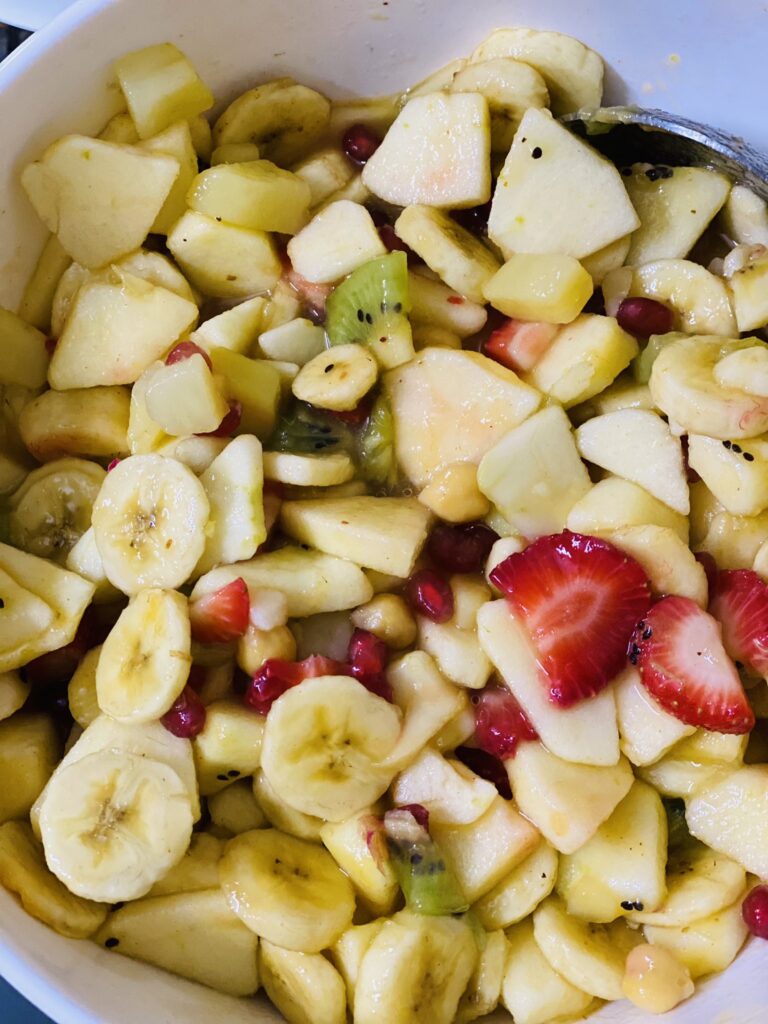
Ramazan Pidesi, Turkey
Did you know that in the Ottoman era, there was a bakery for every need: For the military, the public, embassies, and charity? Though the bakeries from the past no longer exist, the ancient streets of Istanbul are still overflowing with bake shops. During Ramadan, people queue for hours to get their hands on freshly baked Ramazan pidesi, a fluffy leavened bread. Moreover, Its distinctive indentations and toppings of sesame and nigella seeds give it a unique appearance.
Also read : Iran and Saudi Arabia opened embassies for trade
A lavish spread featuring Turkish coffee, cheese, labneh, and jam alongside the pidesi is typical for Suhoor. Alternatively, one can savor çılbır (Turkish eggs) alongside the fluffy bread as a more robust Iftar meal.
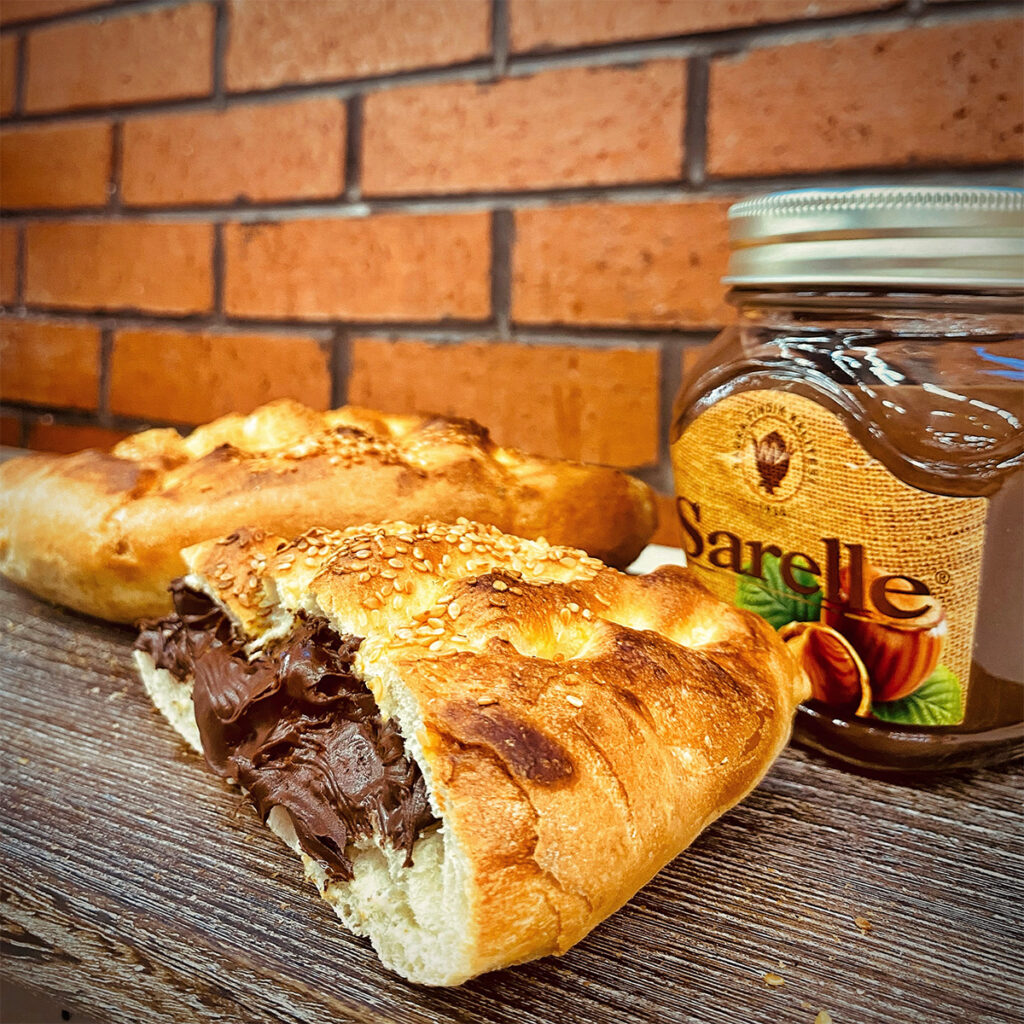
Kabsa, Saudi Arabian Cuisines
Saudi Arabia’s national dish Kabsa is made with rice, chicken, or lamb, and a spice mix called baharat. It’s popular across the Arabian Peninsula. Regional variations include ingredients such as carrots, peppers, tomatoes, onions, and garlic, and the meat can be cooked or roasted. Moreover, Kabsa is very popular during Ramadan and other important celebrations.
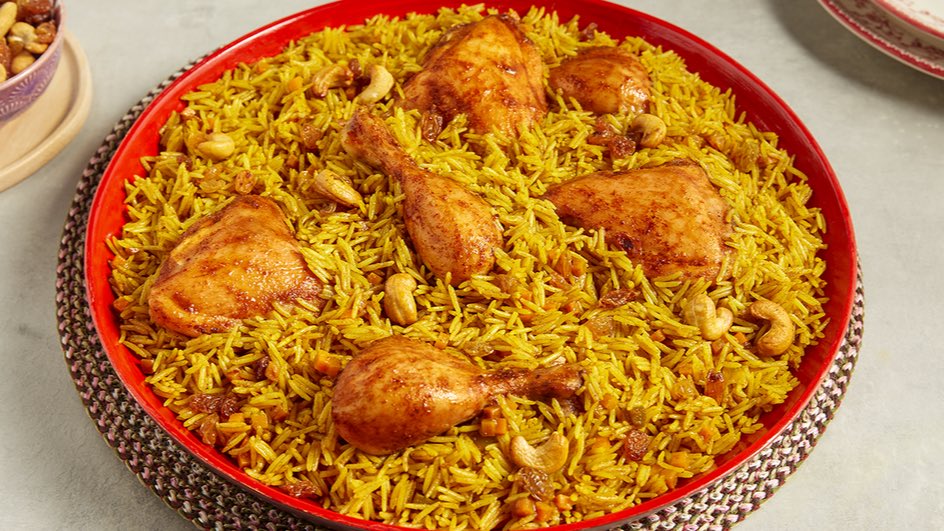
Zoolbia, Iran
If you’re familiar with South Asian cuisine, you may recognize zoolbia. They resemble Indian jalebi and even share the same ingredients. This sweet treat is made from a saffron, yogurt, flour, and baking powder batter that’s fermented for an hour. Then piped into hot oil, taking the shape of spirals.
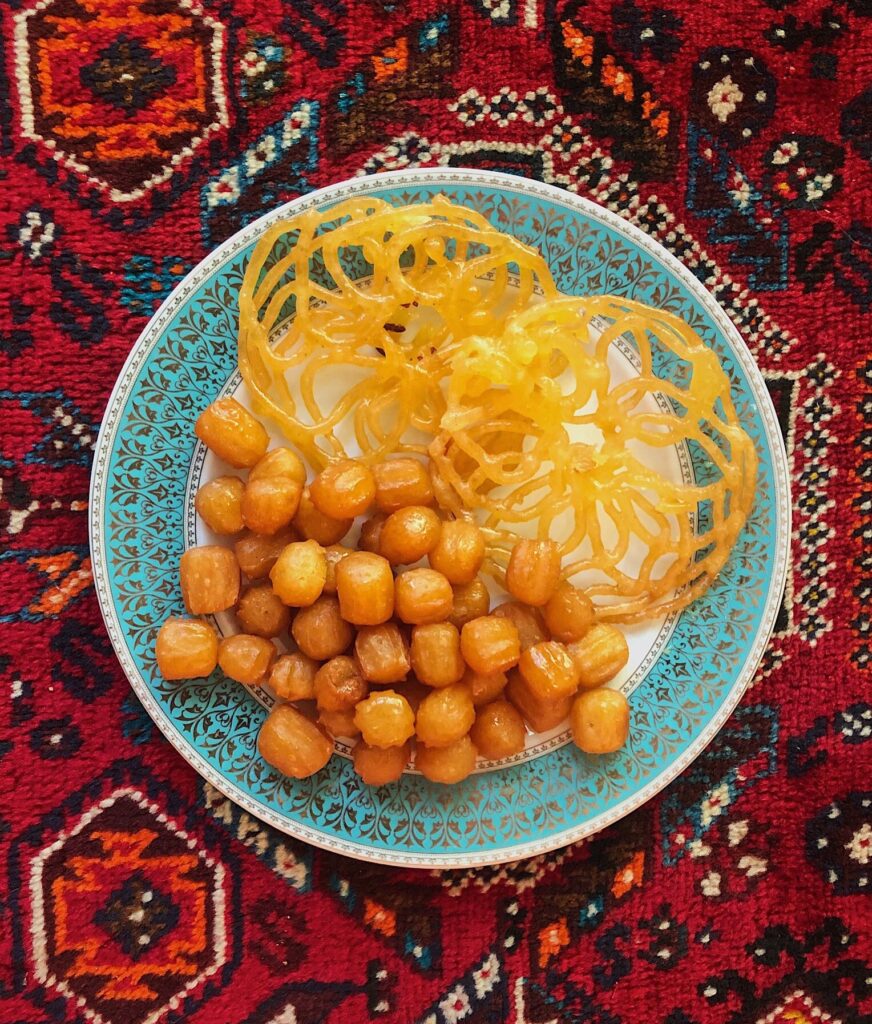
Once fried, zoolbia is quickly dunked in a rose-scented sugar syrup, giving the sweet a tantalizingly crunchy texture and moreish sweet flavor. During Ramadan, people usually pair zoolbia with bimiah, a donut-like pastry similar to churros, and hot tea. However, Combining these traditional treats with a milky beverage creates a perfectly indulgent yet comforting taste for festive times.
Lapis Legit, Indonesian cuisines
Indonesia has the largest Muslim population in the world. The nation’s diverse ethnic groups and cultural influences have all contributed to Indonesian cuisine. One distinctive dessert from the archipelago is the elaborate treat known as lapis legit, or spekkoek. This cake is one legacy of the Dutch colonial period with ingredients and a flavor profile that have evolved over the years.
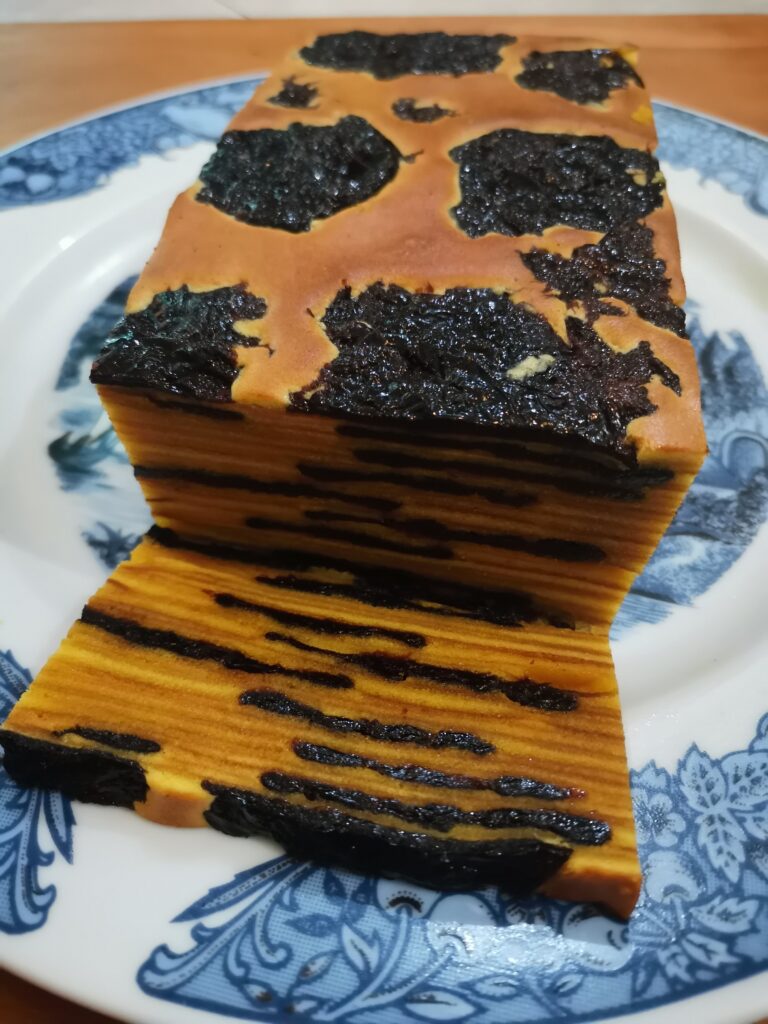
This eye catching dessert is time-consuming to make, requiring at least eighteen layers, not to mention lots of butter, sugar, egg yolks, and a spice blend of cardamom, cinnamon, clove, and more. There’s a reason it’s saved for special occasions like Eid al-Fitr!
